Description
This festive anthem was composed for an SATB choir of modest means to be accompanied by an organist capable of some contrapuntal and rhythmic demands. When first introducing this piece to a choir, particularly one not used to changing meters, syncopation, complex harmonies and choral parts not always supported by the organ accompaniment, I would begin with the center section–measures 88-111. Working a cappella as much as possible throughout the note-learning process, one could turn next to portions of the B section– measures 36 to 53 and the parallel measures 68-82. Then learn measures 112-122. Next, introduce the "sing to him" canonic section, measures 24-31, teaching the SA part (bars 24-25) to the entire choir, then singing the canon as written. Anytime along the process, the beginning motive can be sung mm. 15-17 and 21-23, as well as its reoccurence in the return, mm. 136-137 and 141-142. I would suggest speaking the syncopated measures (18-20), then singing them slowly and staccato, gradually increasing tempo until these few bars can be sung in the context of the entire first section. Once the choir has a good grasp on the fore-mentioned parts, introduce mm. 56-66, pointing out the similarities with the earlier sections. The treble divisi should be in three equal parts, it at all possible. The last portion with coda (mm. 146-end), should be easier by this time, but I would suggest singing bars 151-155 slowly for tuning purposes. The "Hallelujahs" can be used as a warm-up to this piece a couple of weeks after its introduction, emphasizing the pure vowels, "ah, eh, oo" and rhythm (short, short, LONG-ong-ong). The organ introduction can be gradually added in rehearsal, especially in places where it helps the choir find its next pitches (mm. 103-122 and 156-end). In general tonal terms, I prefer clear, fairly pure sounds from both the women and men of the choir. This makes tuning of the complex chords of contemporary music a great deal easier, and blends much better with the sounds of the organ. Notes by Joel Martinson * be sure to look at "Three Days had Passed" and "Pervasive Never Absent One" by Joel Martinson as well!
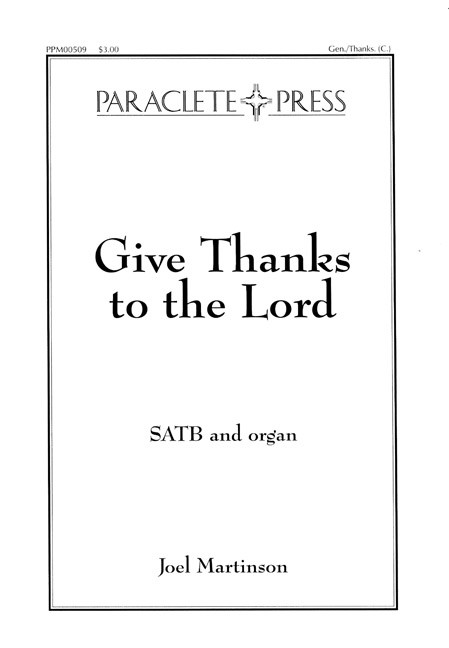
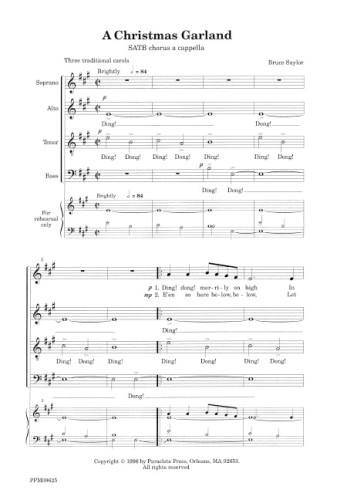
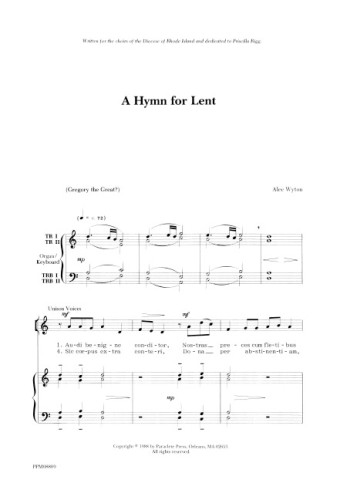
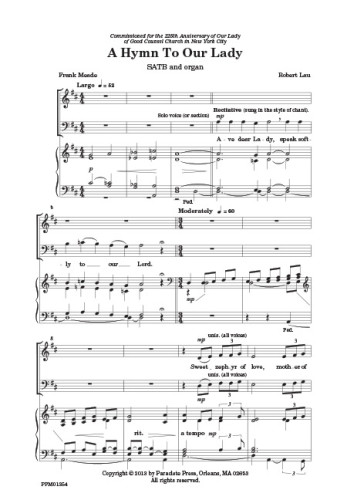
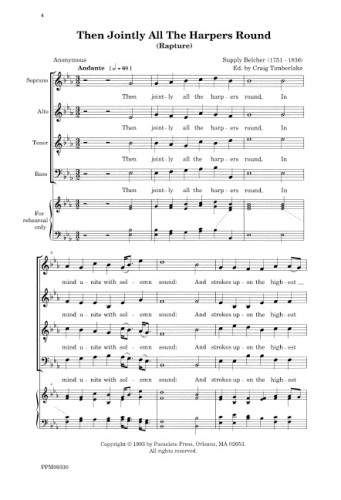


















Reviews
There are no reviews yet.